Bentley MkVI (1946)
After the Second World War, many people did not place a great value on luxury automobiles, presuming they could buy or obtain a new car in the UK. Nevertheless, the Bentley MkVI made up for this, being the first vehicle produced by parent company Rolls-Royce to include a uniform body rather than a chassis supplied to a coachbuilder. The MkVI, often called the Standard Steel saloon, was tasteful and understated for the era. Its centralized chassis lubrication system, servo brakes, and independent front suspension made it, along with its Rolls-Royce Dawn sister, a highly sophisticated vehicle. The Bentley sold far more than the Dawn, with 5201 units produced compared to 760 for the Dawn. This helped Rolls-Royce raise the money it required to create the much-needed new models.
Volkswagen Beetle (1948)

Major Ivan Hirst rescued the Beetle, and the Beetle saved Volkswagen. The British Army was persuaded to purchase 20,000 of these peculiar small automobiles by him after he cleaned the plant and resumed the production lines. This Type 1 was the prototype for all later air-cooled Beetles with a flat-four engine positioned in the back. Sales first rose steadily, then manufacturing director Heinz Nordhoff started to broaden the network of sales representatives. Cars began leaving the plant in droves soon after, with the one millionth being produced in 1955. The money from these sales gave Volkswagen a solid foundation and placed it on course to grow into the multinational behemoth that it is today. All all, factories across Germany, Australia, Belgium, Brazil, and even as far afield as Malaysia, Nigeria, and Ireland produced 21,529,464 Beetles of all kinds. The final ones were constructed in Mexico in 2003. Volkswagen is now the biggest automobile manufacturer in the world, having manufactured 10.83 million cars in 2018.
1949 Ford (1948)
At the close of World War II, Ford and its rivals faced a significant issue. During the war, almost all of its US assembly lines had been dedicated to producing military trucks, jeeps, tanks, airplanes, and much more; however, the government no longer required the majority of these items, and demobbed troops returned home in need of automobiles. Ford resumed production, but its vehicles were built on antiquated pre-war desi the founder's grandson Henry Ford II took over as CEO of the business in 1945 when he was just 28 years old. He assembled a brilliant group of engineers and business strategists, and in only 19 months, they went from designing the new 1949 model to putting it into production. This made him the first of Detroit's Big Three to produce an entirely new automobile following the war. The day it was introduced in June 1948, 100,000 orders came in. It was available in a number of body types, such as the coupe seen above, and was powered by a 3.9-liter V8 or a 3.7-liter straight-six engine. Its front suspension was independent and had improved steering’s. Ford finally made $177 million in profit from the production of 1.12 million units, a substantial amount at the time. It restored the company's reputation and prepared it for the 1956 public market debut.
Read Also: Coolest Rally Cars of All Time
Mercedes-Benz 180 (1953)

Compared to Ford, Mercedes had a distinct issue because of the destruction of several plants by Allied aircraft during the war. However, it steadily got back on its feet, and after that, it was eager to resume producing automobiles in large quantities, which was its strongest suit. The modest 180 saloon was the catalyst for the German company's return to mass production. It had unique unitary structure that was modeled after the Citroen Traction Avant, and it was the company's first really new model since the Second World War. On the other hand, the 180 and its 180D diesel version had extremely conservative driving and design. They continued to provide sturdy dependability despite this, however slowly. However, even though the 300SL was all about supercar performance, Mercedes turned a profit with the 180 lines, which produced 270,000 automobiles. However, the subsequent Mercedes model was crucial in completing its comeback.
Fiat 500 (1957)
Scooters first satisfied the need for inexpensive transportation as Italy fought to rebuild itself following World War II, but the Fiat 500 put a stop to that. This was a four-seater, real car—not a bubble car—that was cuter than a puppy dog. It's hardly surprising that Fiat moved 3.5 million of them in only 18 years.
Most importantly, the small 499cc parallel twin engine of the rear-engine 500 was inexpensive to maintain and provided adequate performance for commuting in both urban and rural areas. Fiat became an industrial giant and laid the groundwork for the company it is today thanks to the money the 500 brought in.

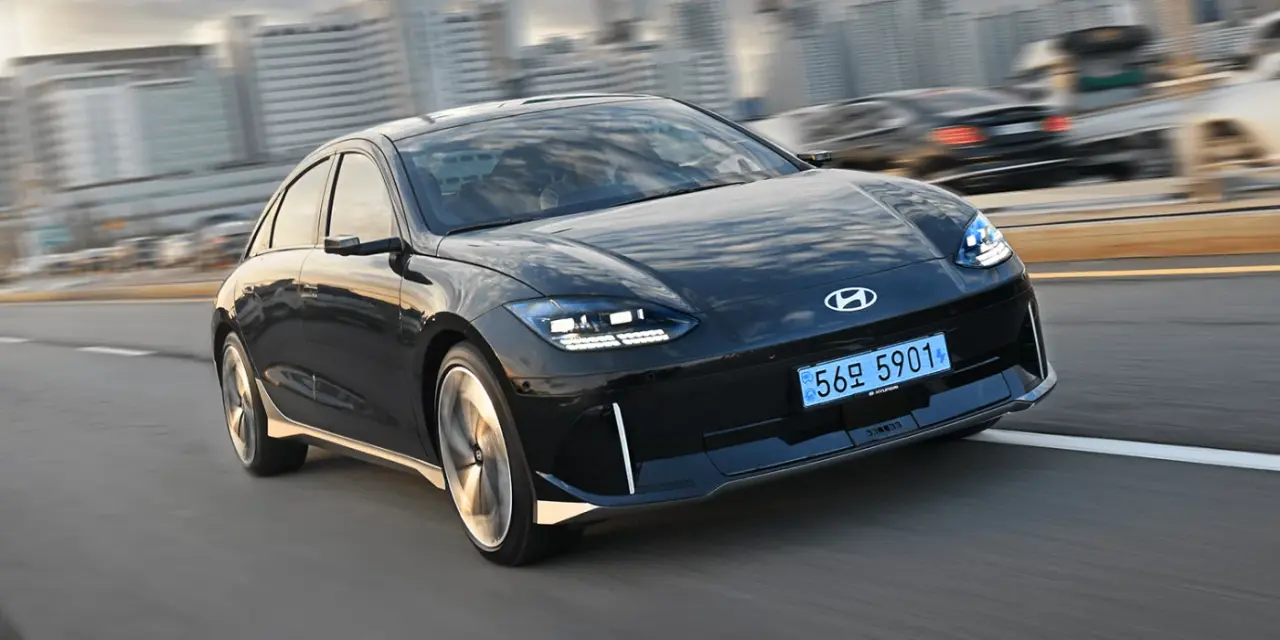
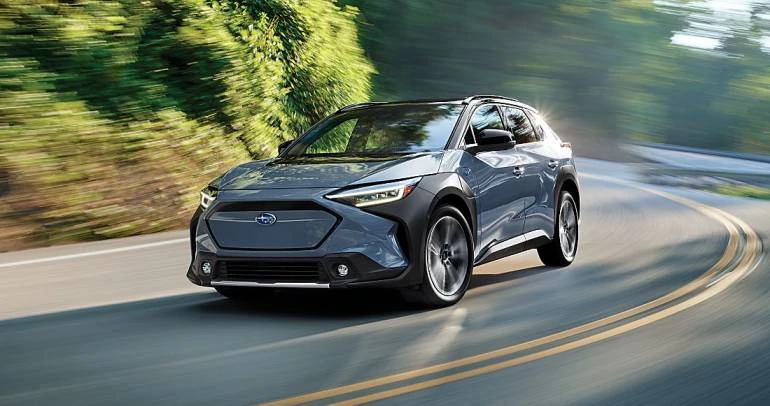
.webp)
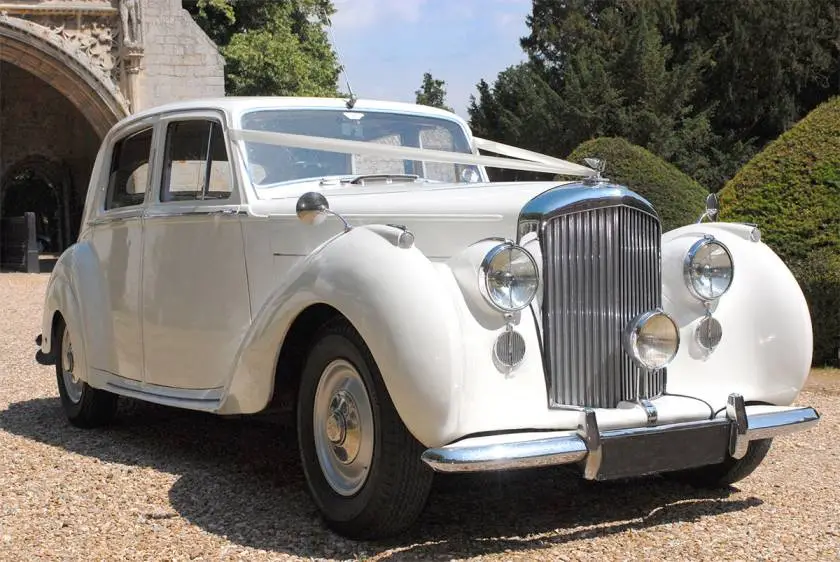
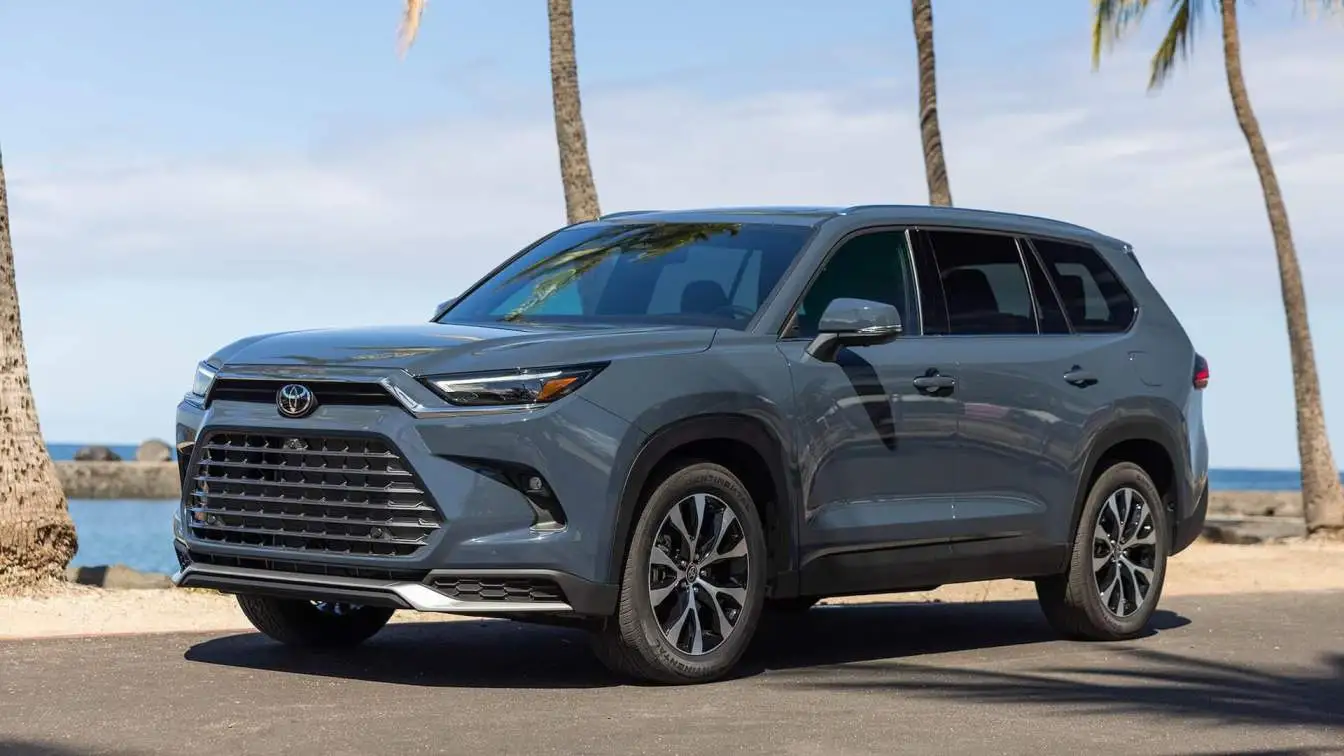
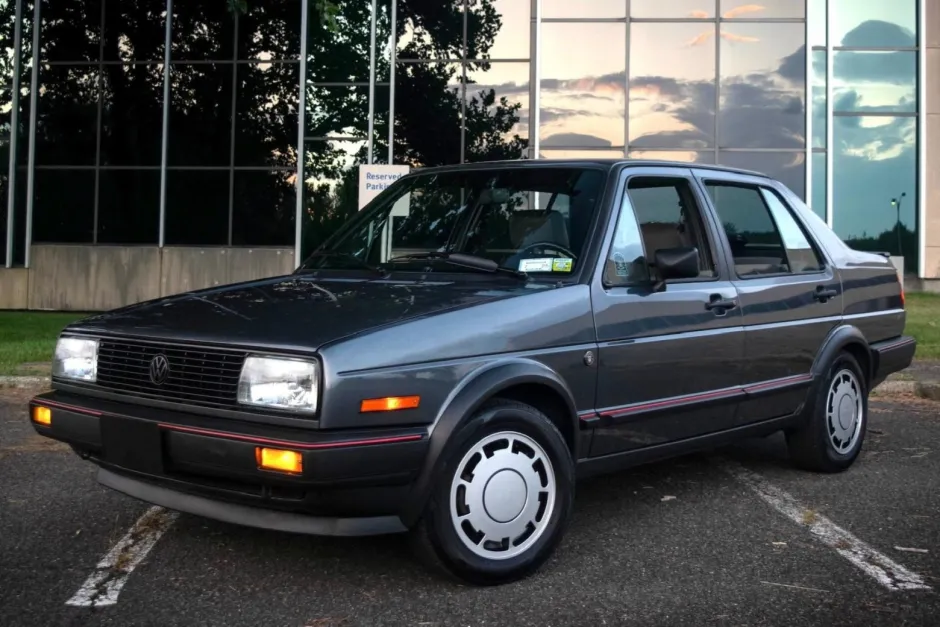
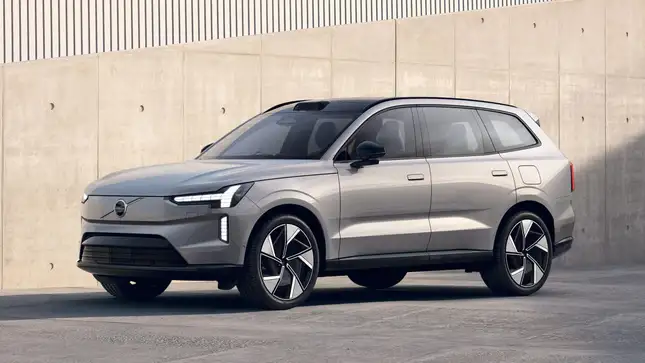
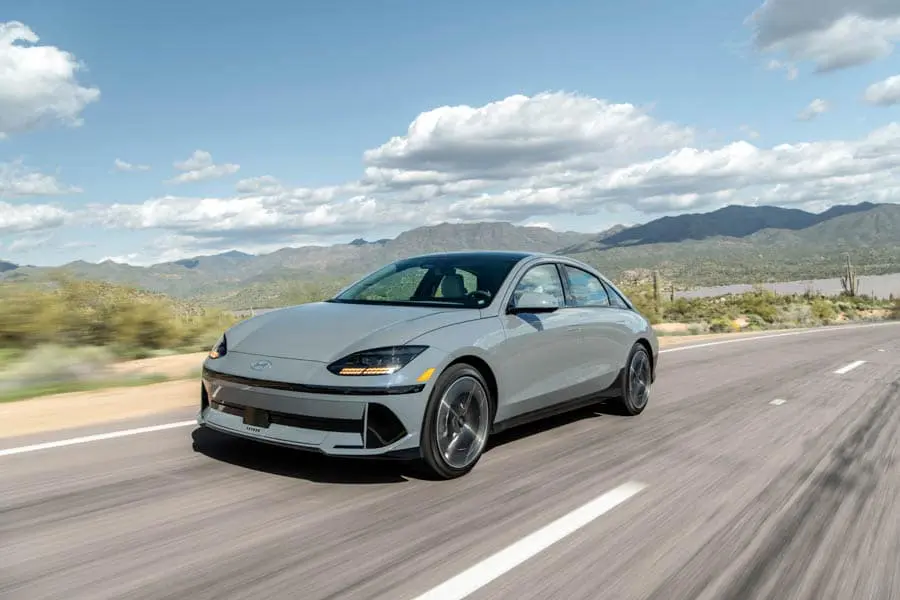
.webp)
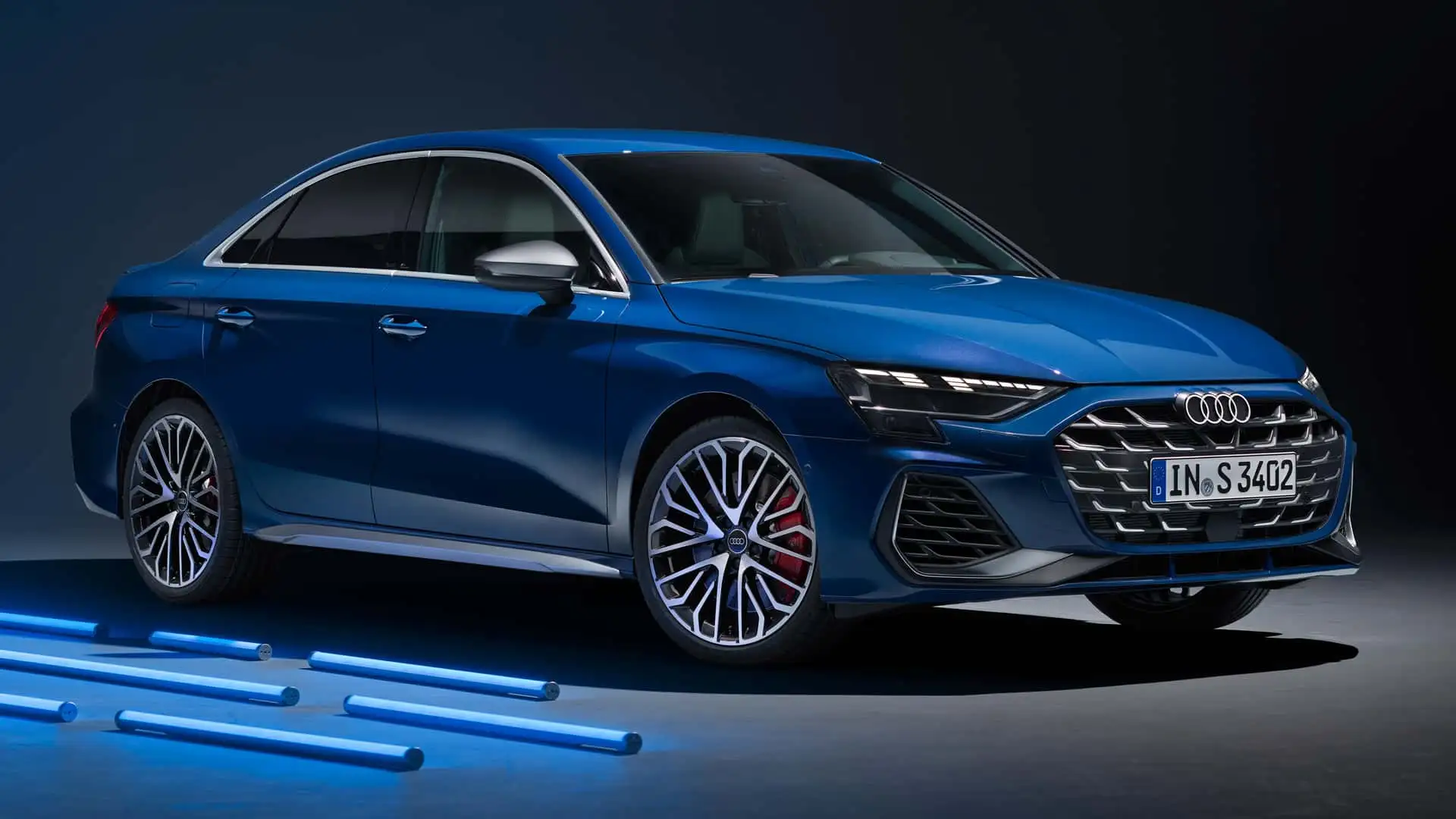
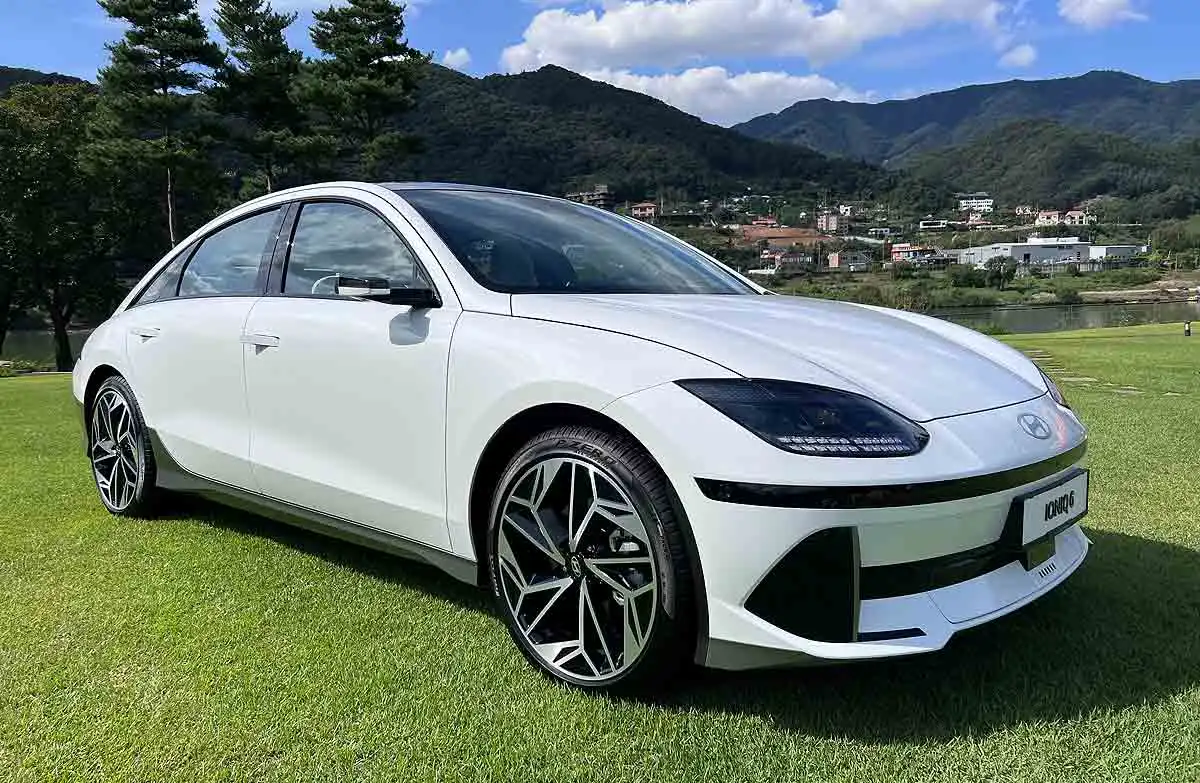
.webp)